Adidas Ozweego
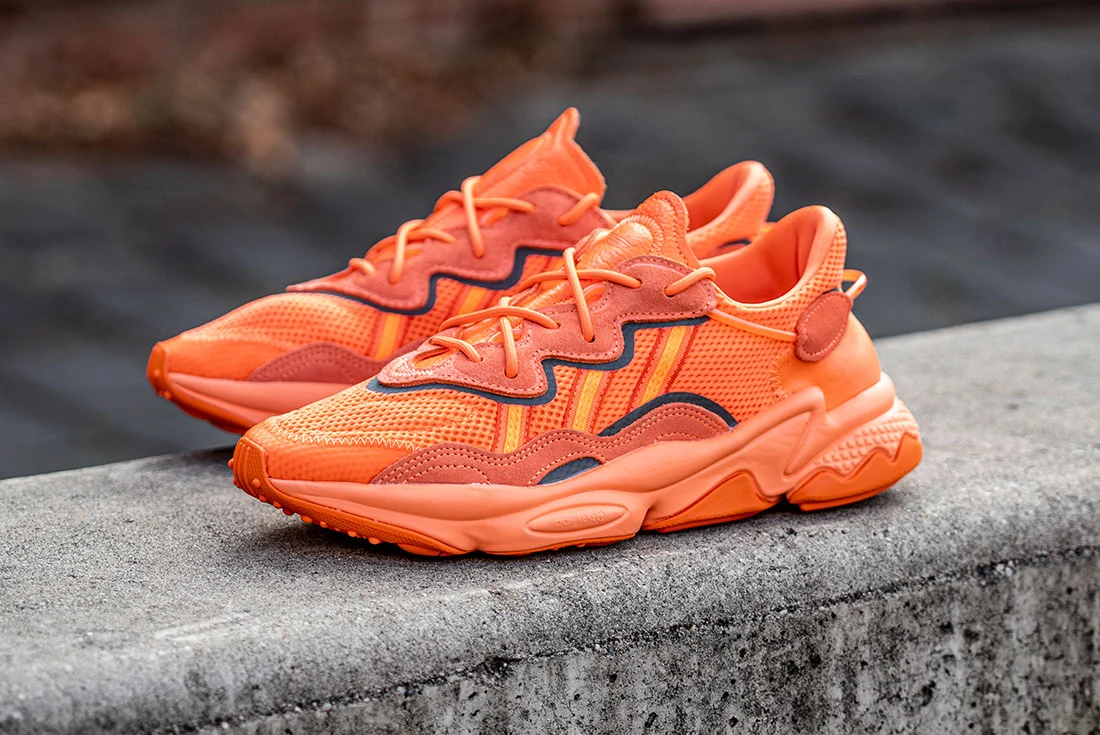
Depending on your age, geographic location and nostalgic memory bank, cultural reference points for the Ozweego could span anywhere from 1996 to 2019. Newschoolers will have Raf Simons front of mind, while OG heads know the ‘Weegz’ from its days as an adidas staple in the late-90s, a creatively fertile period where panel-heavy aesthetics personified sports style.
For everyone's sake lets start with the latest edition and go back to little history lesson.
Ozweego 2019
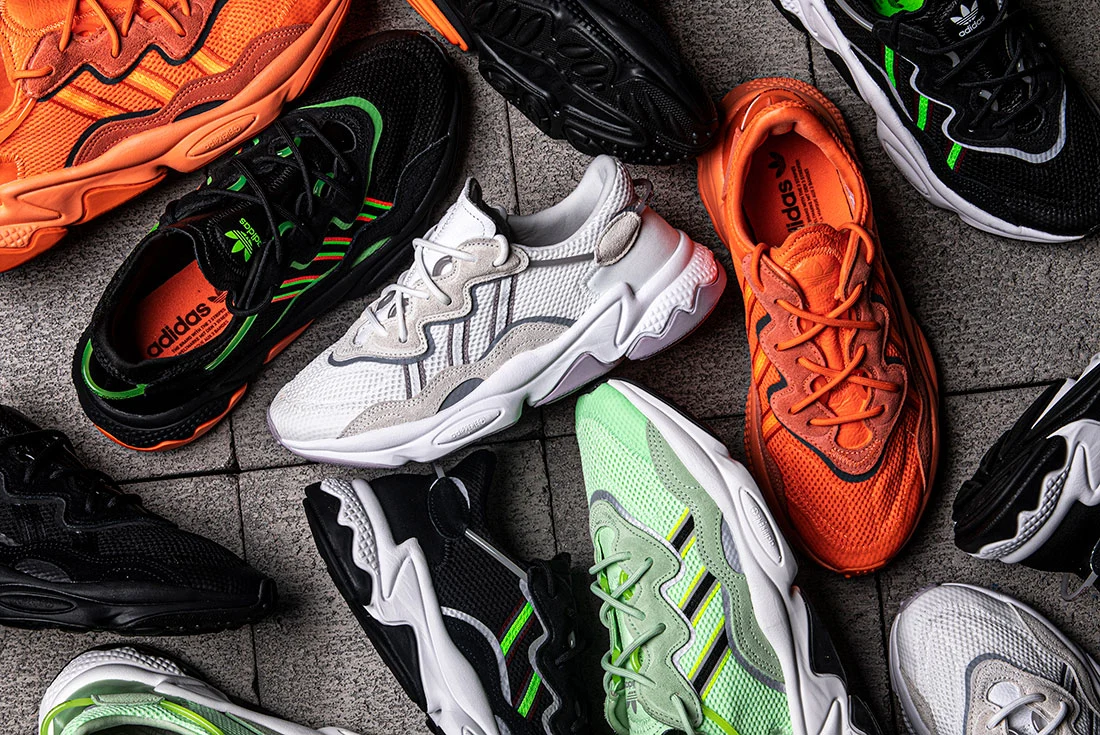
More than two decades after the Ozweego’s official debut, adidas have introduced their latest interpretation. The inspo for the overhaul seems primarily based on the Ozweego 3. Nods to everything from the original eyestay and mesh upper to the chunky midsole and adiPRENE/adiPRENE+ cushioning are ticked off, but this is definitely no purist one-to-one rehash. Retro design cues are evident but the new-gen design pushes things forward at pace with razor sharp flourishes. The trademark aggressive stance, exemplified by the prominent heel wedge, makes the shoe look like it’s moving at warp speed even while it’s standing still. The sharp-toed gradient rake is emblematic of the Insta-influence on modern sneaker design.
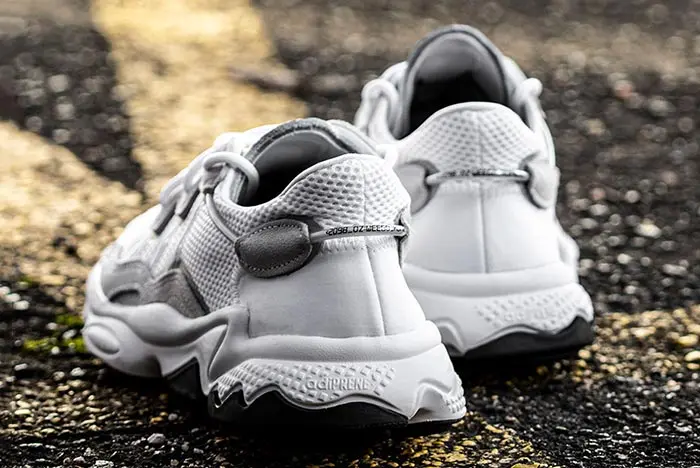
The update also manages to pay homage to Raf’s resurrection of the model. A translucent ‘support tube’ connects the new design with the Simons-designed predecessors. The end result is an outré Ozweego that looks to its historic past to shape the future at adidas. Both oddly familiar and fresh at the same time, this is the ultimate distillation of Ozweego DNA – the shoe that set the stage for today’s chunky AF technical boom!
Enter the Ozweego 1996
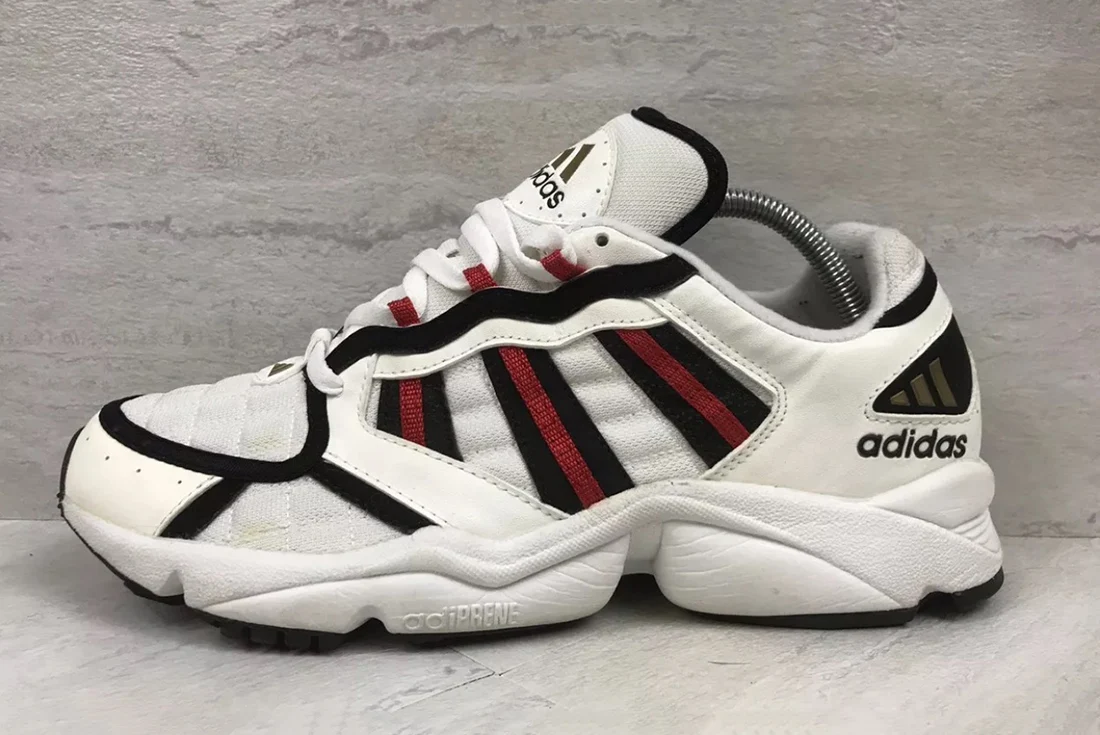
Ozweego 1 (1996)
Like the adidas Ultra Tech, Predator, and the entire EQT and Feet You Wear sub-labels, the Ozweego was a mainstay at the Three Stripes in the 90s. The aggressive aesthetic and loaded tech-sheet was an impressive package that rocked melons on debut in 1996.
With adidas’ unparalleled adiPRENE shock-absorbing technology underfoot, the Ozweego was warmly embraced by leisure-suit joggers, serious amateurs and high mileage maestros. This was an accessible and versatile runner that anyone, at any level, could get down with.

Ozweego 2 ( 1997)
Building on the first Ozweego’s success, adidas designers buttered up and, as best as we can tell from our research and analysing vintage adidas catalogues, the Ozweego 2 arrived in 1997. The hard-hitting sequel maintained the tried-and-true formula of the original, tweaking the chunked-out runner ever so slightly while once again employing cushy adiPRENE in the forefoot. The following year, however, the Ozweego set sail in a radical new direction. The best was yet to come.
Three in a Row
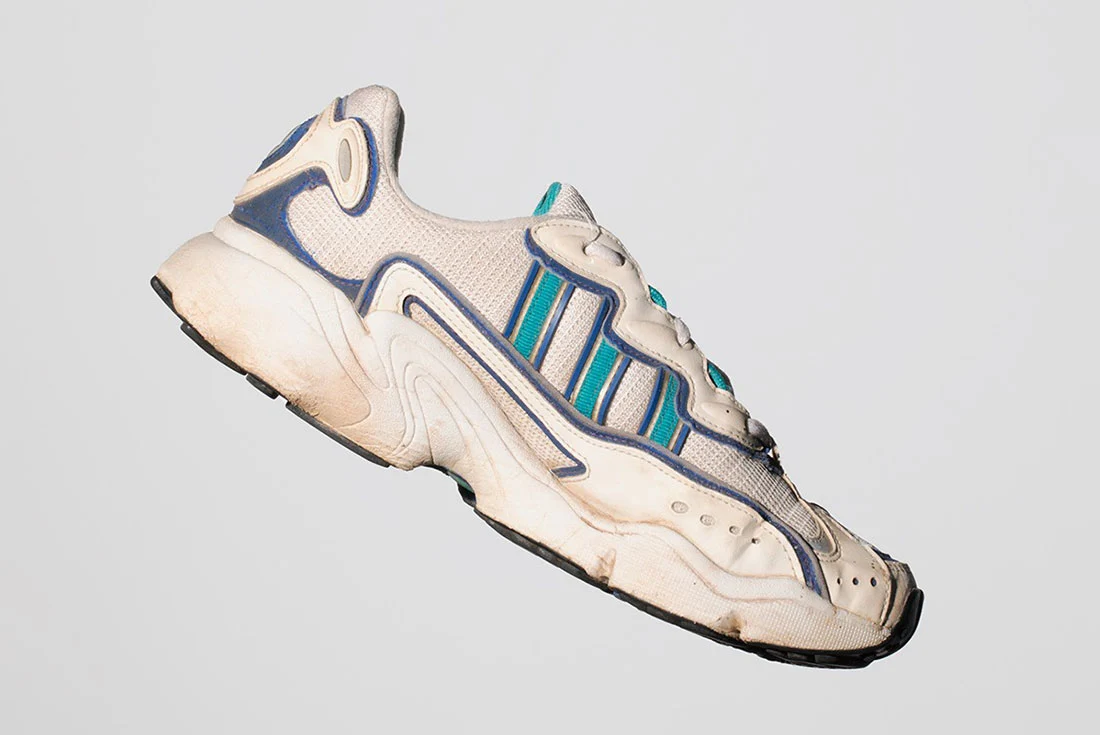
Ozweego 3 ( 1997)
The Ozweego 3 took the budding franchise player to the next level thanks to a ground-up rebuild. The design retained familiar familial vibes and adidas’ patented cushioning tech, but several new additions reset the visual dial. Still on the portly side – in the best way possible – the curvy proportions ditched some of the supportive overlays in favour of a more breathable mesh-centric construction, while leather mudguards stretched from the ankle forwards to the toe. For an enhanced fit, a new eyestay layout modified the nylon lacing loops employed by the previous Weegz designs.The adiPRENE tech was also retained, though it was removed from the forefoot and relocated to the heel. Replacing adiPRENE was … adiPRENE+! This was essentially adi’s precursor to modern-day BOOST, offering a reported 67 per cent energy return – compared to BOOST’s 75 per cent – for an extra jolt of running propulsion. From our understanding, it’s the same tech that adidas packed into the uber-comfy KB8 3 and, much later, into Kanye West’s Yeezy 500. Last but not least, adidas’ classic Torsion system played matchmaker by connecting the adiPRENE and adiPRENE+ units at both ends of the shoe, supplying both flexibilty and stability in one ingenious sole-mounted widget.
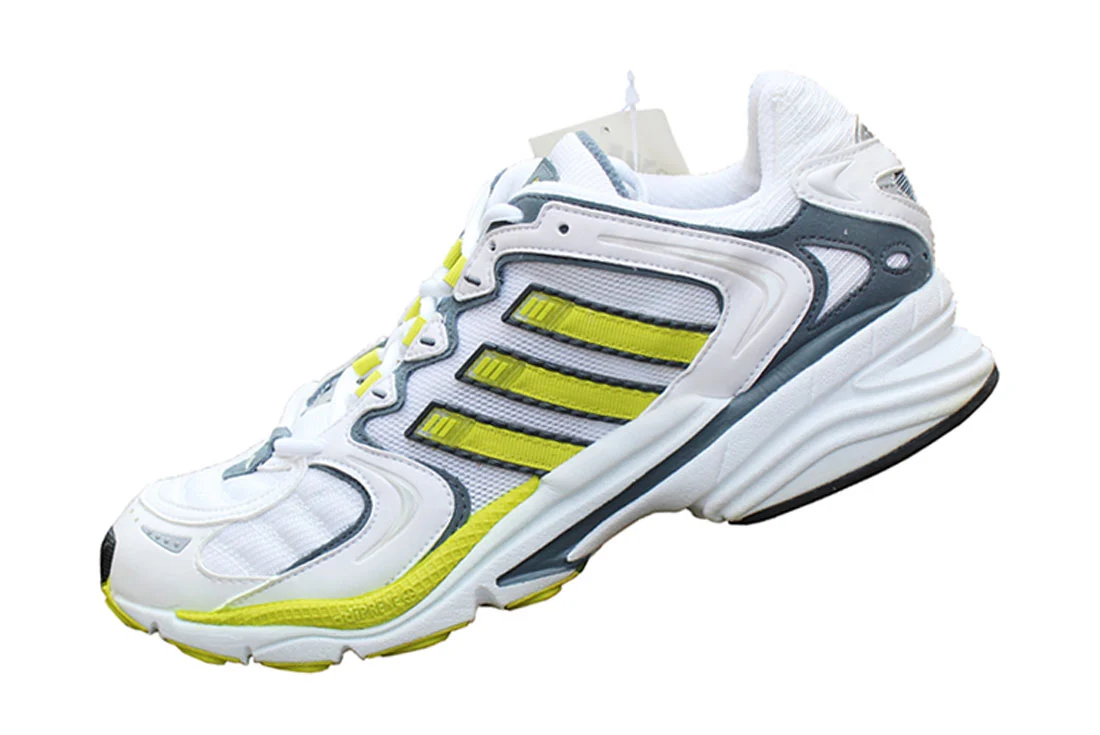 | 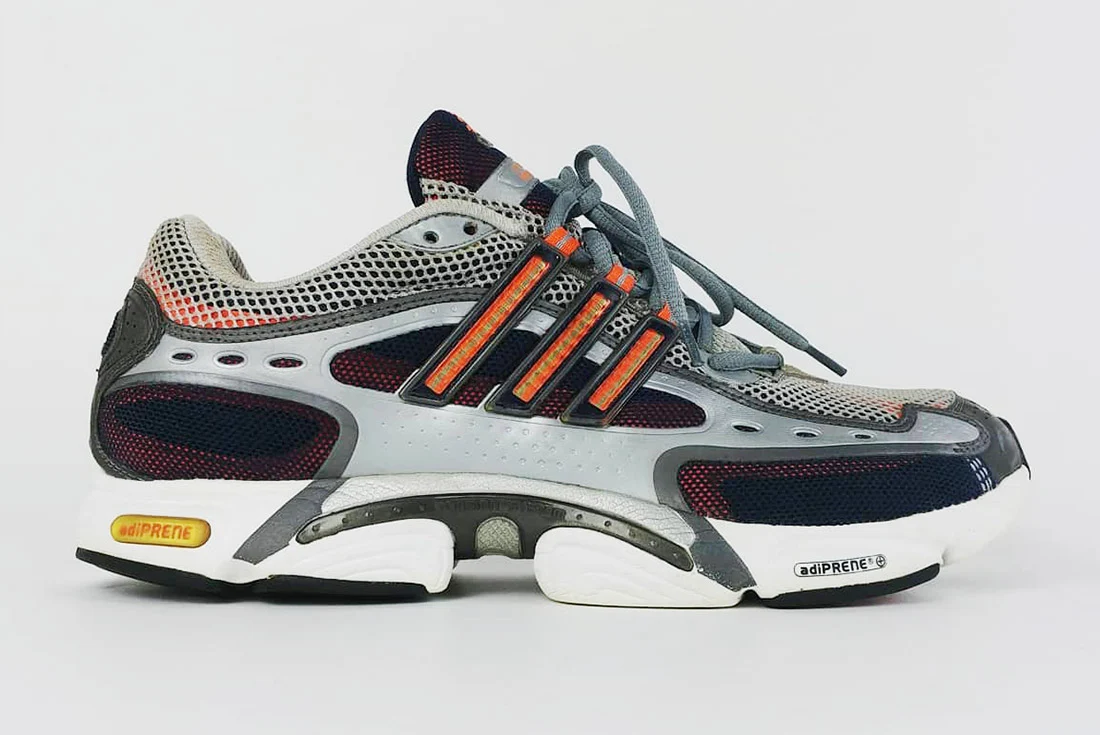 |
| Ozweego 4 | Ozweego Millennium |
Sci-Fi Flavor
The Ozweego 4 combined the best design elements from previous entries into a swoopy Y2K-ready offering.
Following that, the Ozweego 5 was a total freak-out design that flaunted an outrageous midfoot shank reminiscent of the adidas Climacool and debossed ‘strakes’ that contoured the mesh-wrapped flanks.
Fast forward into the early 2000s, and the Ozweego Millennium upped the visual ante by setting new standards of beastly chunk, while the silver palette added sci-fi flavour to the growing Weegz timeline. At this point, the nameplate pretty much vanishes (aside from a random Weegz designed for female runners) until a European fashion designer resurrected the shoe with a highly influential intervention.
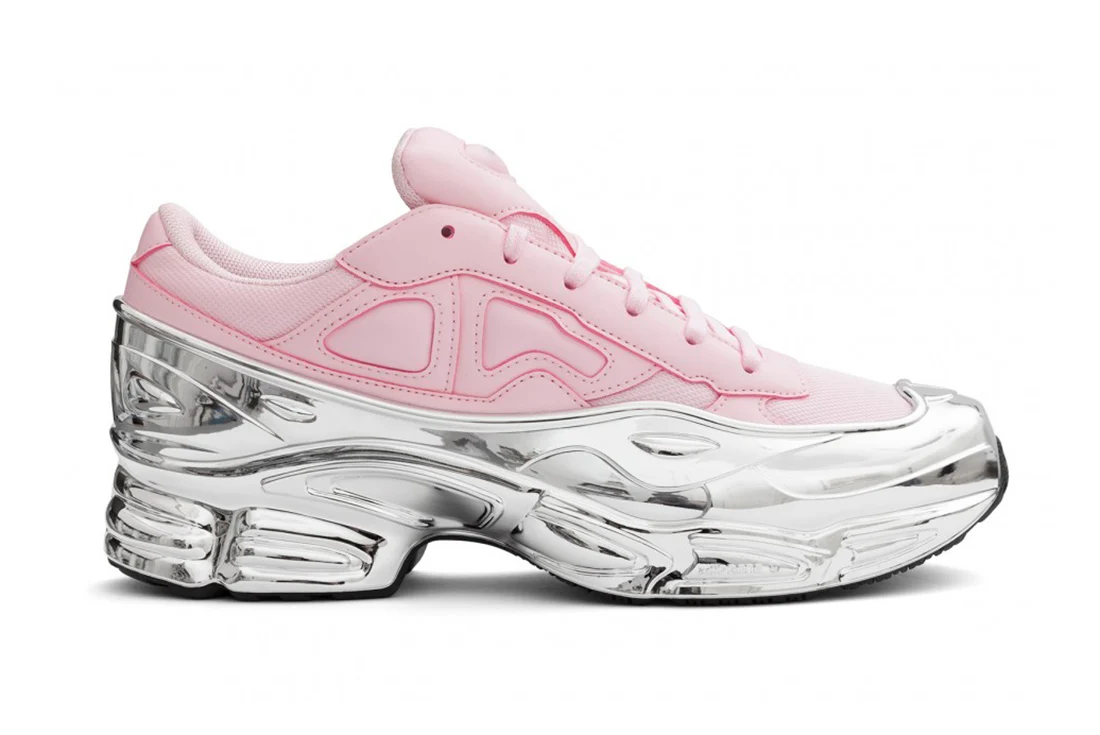
Bring it Back Raf
When Raf Simons joined the Three Stripes in 2013, the revered Belgian designer’s fetish for Stan Smiths was already evident. His cheekily tweaked Stan design – which featured perforated ‘R’ logos – can largely be credited for the court classic’s return to prominence, but his best work was reserved for another silhouette entirely.
Highly technical runners had been a hallmark of Raf’s collections dating back to the mid- to late-2000s. A quick Google search reveals a bunch of designs that would be right at home on the runway today. Waiting in the wings, the long-dormant Ozweego was tailormade for Raf’s sublime touch.
The overall aesthetic gelled with Simons’ tech-runner vibe, acting as a futuristic juxtaposition to his minimalist Stan Smith re-work. The Ozweego was catapulted straight back into the limelight and helped instigate the ‘dad-bod’ sneaker trend that would go on to storm European runways.
Then we came to 2019..........